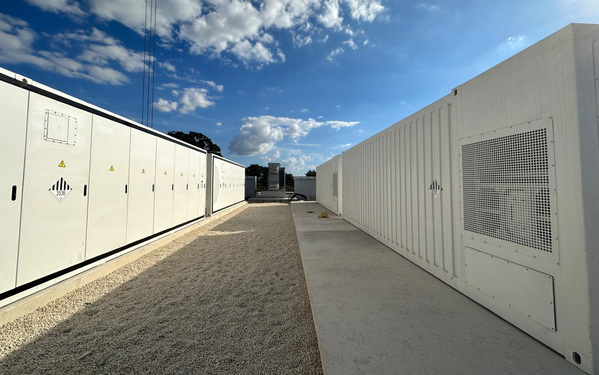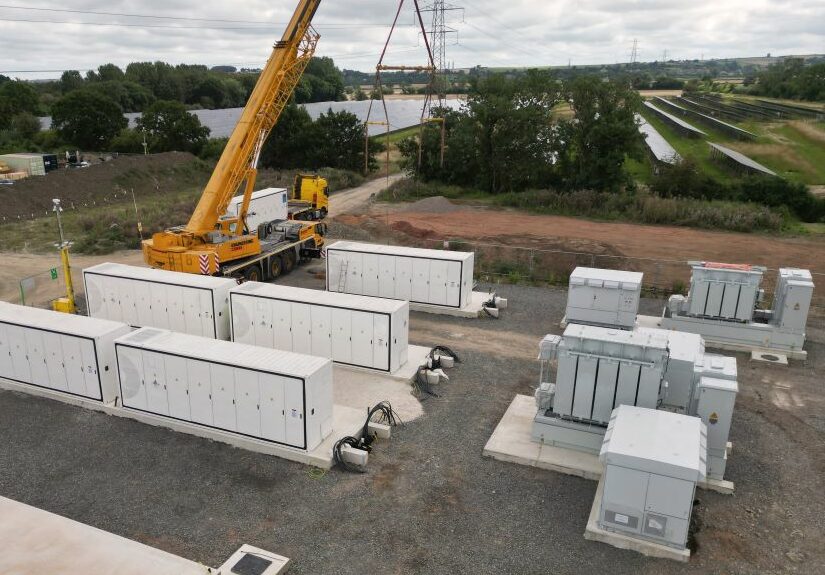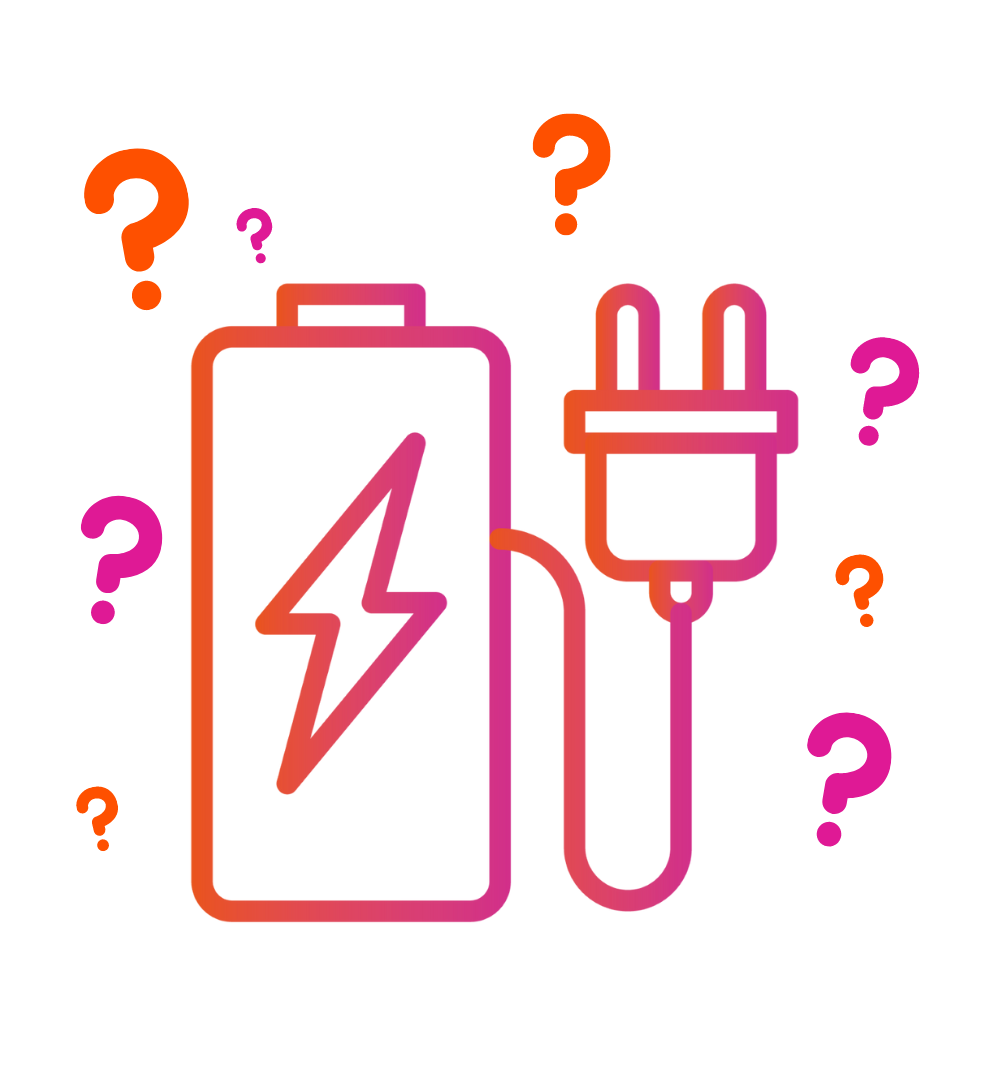Utility-scale energy storage: Building the resilient grid of tomorrow, today
Storing renewable energy brings reliability, flexibility and resilience for today’s grid – and for the grid of the future.
Electricity grid operators need to match supply with demand – nonstop. Battery energy storage is a technology that helps deliver on that critical responsibility by allowing electricity to be stored and delivered whenever and wherever customers need power most.
When paired with energy generated from renewable energy sources, battery storage can save consumers money, help increase the efficiency of the electric grid, reduce carbon emissions and air pollution and support good paying American jobs. Now, even during cloudy periods, day or night, energy providers can help manage the power supply by delivering stored, low-cost clean energy.



Battery Energy Storage Systems (BESS) 101
How do battery energy storage systems work? What are the major components? How do they benefit the energy grid? Find answers to these questions and more with BESS 101.
Our policies and commitment to excellence
We are dedicated to making sure our energy storage projects are designed, constructed and operated to the highest possible standards.
-
We monitor our energy storage systems 24/7
We closely monitor our sites, 24/7, and are constantly running analytics and reporting to make sure that all our sites are performing optimally.
-
We adhere to all relevant national and international standards
Every Lightsource bp energy storage project is designed according to applicable local codes and standards such as International Fire Code (IFC), International Building Code (IBC), International Electrotechnical Commission (IEC), and National Fire Protection Association (NFPA).
-
We integrate extensive safety measures
Typical safety features included in Lightsource bp energy storage projects include:
- 24/7 monitoring including continuous monitoring of battery modules
- Visual and audio alarm systems
- Robust non-combustible enclosure design, including ability to withstand seismic activity, heavy weather and high winds
- UL-rated battery enclosures that have completed rigorous safety testing
- Emergency shutoff
- Site level protection and monitoring including on-site personnel and command centers that continuously monitor the condition of every energy storage system enclosure
-
We are committed to recycling
Lightsource bp is committed to reusing and recycling as much of our materials as possible, at the end of our projects and throughout their lifespan, as part of our global commitment to sustainability, reducing waste and creating a true circular economy.
-
We have a community-first approach
Our dedicated Community Relations team engages with host communities throughout the entire project lifecycle – from the time we start planning a solar or energy storage project, through to construction and operations. Our community ambassadors are here to ensure they answer questions that community members may have, but more importantly to listen and afford the ability for communities to provide input.
Learn more about our battery energy storage systems
By pairing solar with today’s most cost competitive, advanced and reliable battery solutions, our expert team is increasingly able to maximize the benefits of our responsible solar solutions to our customers and communities across the US.

Battery Energy Storage Systems (BESS) FAQs
We have gathered a list of frequently asked questions (FAQs) to help you learn more about battery energy storage, such as:
- How does storage reduce energy costs?
- Are utility-scale battery energy storage systems safe?
- What happens when batteries reach their end of life?










